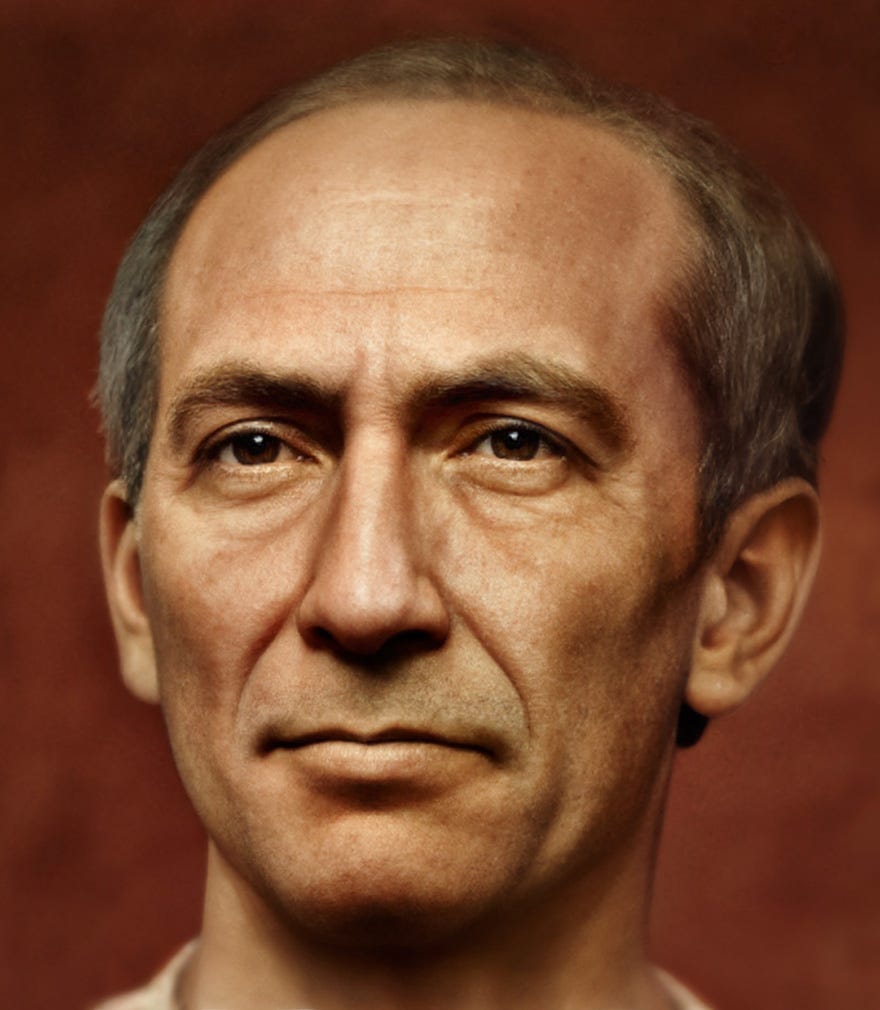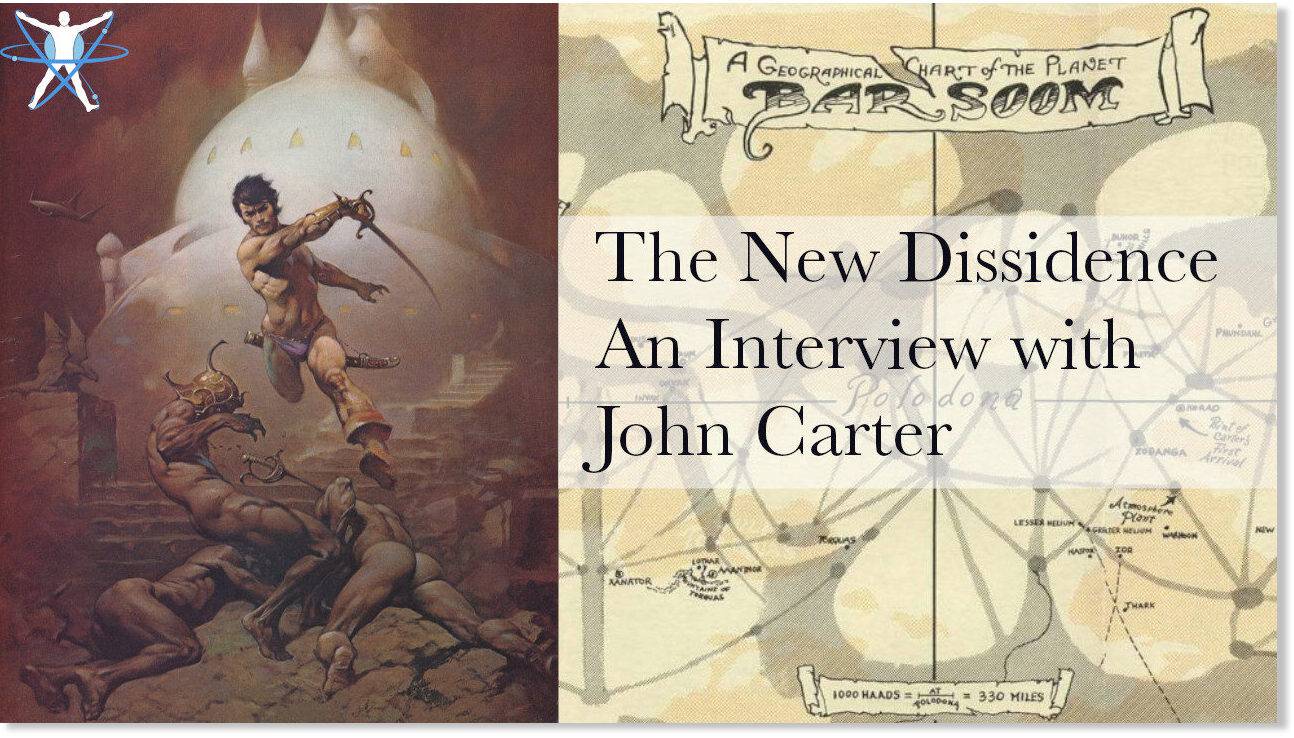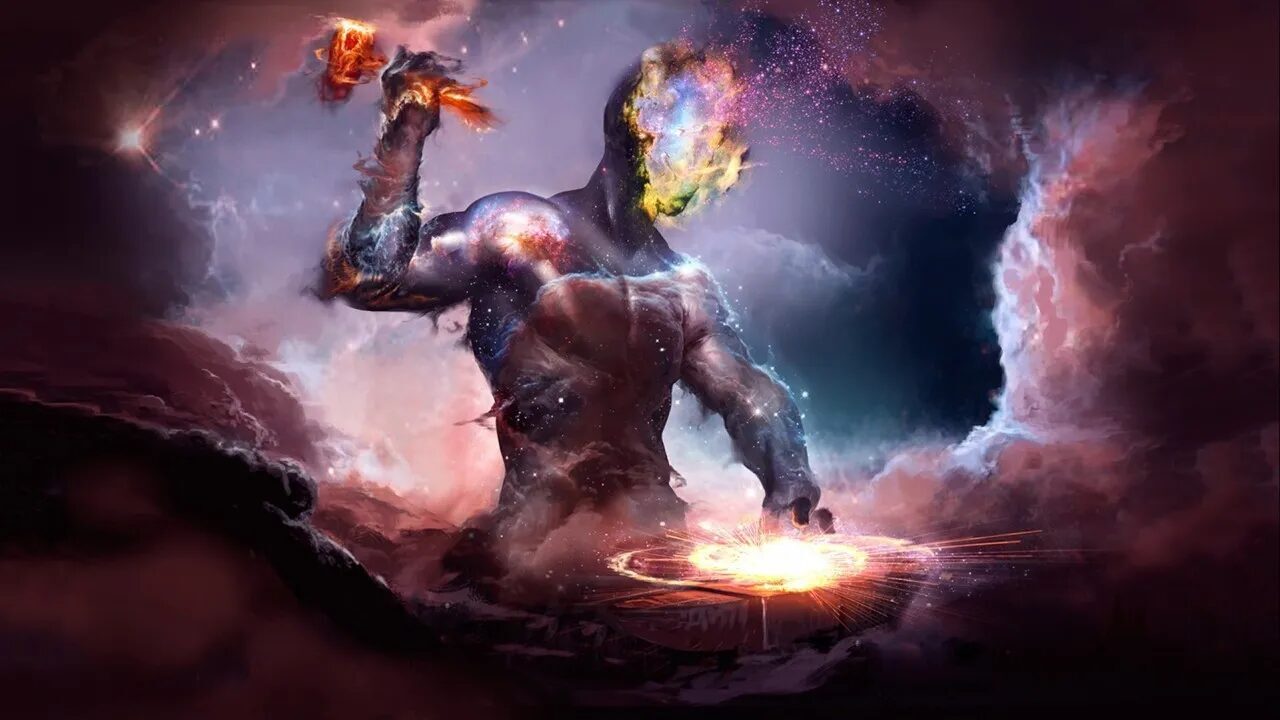Well, that is a very interesting idea and I wonder if more data could be found to support it?
I'm pretty sure that Gregory of Tours' history was a big fraud for a lot of reasons, but maybe he let something slip through in his text accidentally? A close reading of that in the original language might be worthwhile. I can only read the English translation.
In an indirect way, while doing research on another subject, I discovered a mysterious monument known as "the Pile of Five Mars" located in France, in the department of Indre-et-Loire, 25 kilometers from the city of Tours. It is a well-preserved brick tower, 30 meters high. It is therefore located near the city of Tours and its existence seems to provide further evidence of an important cult dedicated to Julius Caesar in this region which will later become the cult of Saint Martin with his sacred cloak which is closely linked to the foundations of the French monarchy (see my previous post).
The origin of this monolith has produced various theories, but overall historians agree that it was a mausoleum built in Roman times in honor of a high-ranking military man who was particularly venerated locally. The funerary function of the monument is corroborated by other characteristic Gallo-Roman monuments called "pile", i.e. a high tower, square or rectangular, which served as a cenotaph (as for example the Tower of Pirelonge). Note the following but not unimportant detail: historians point out that many of these towers seem to have been destroyed by Saint Martin of Tours during the Christianization of Gaul. I will come back to this.
So we have near Tours, in this city where an important pilgrimage took place in honor of this Saint during the Middle Ages, a funerary monument dedicated to an important character. Who was this character? Historians are divided on this question. The most accepted hypothesis is that this tower was built in memory of Quintus Marcus, a Roman consul, who fought alongside Caesar and died with his 5 sons during a battle near the Loire. Historians have gone astray because they have focused their attention on the modern version of the toponym.
It seems much more likely that "Cinq Mars" is a cacography of "Saint Mars". As a proof, the first historically indisputable reference that explicitly mentions this monument comes from Rabelais who writes "sainct Mars". Rabelais refers to the gigantism of this monument in an analogical way to evoke the Great Celtic Mare, mounted by the giant Gargantua. However, he adds a few lines later: "For she was as big as six oriflans [elephants in old French], and had her feet split into fingers, like Julius Caesar's horse". Rabelais is reputed to be a knowledgeable initiate and he skillfully practices the language of birds, as Fulcanelli expresses it without detours. One may therefore wonder if he did not slip in a precious clue by linking this place to "Julius Caesar's horse".
The second direct historical reference comes from Canon Bailly who attributes the construction of this monument to Julius Caesar in 1589. Another author in 1976 links the place to Saint Médard but he specifies, by referring to an old charter of the abbey of Saint-Julien-de-Tours (note the name of the abbey) dated 915, that there was near this tower a Chapel dedicated to Julius Caesar. Probably the original place where the sacred relic of Saint Martin, the illustrious cloak, was kept, and perhaps but it is hypothetical the paludamentum of Julius Caesar venerated by the Gallo-Romans. We can add in the memory of the local toponymy "Caesar Island" which would be the vague memory of a bridge facing this tower.
Obviously, we must be honest and add that other various hypotheses were put forward by various authors after the Renaissance, including those already mentioned. However, the oldest historical references associate Julius Caesar with this place. On the other hand, historians have made absolutely no connection with the cult of Saint Martin, although it is so obvious; our 500 years too long in the chronology do not facilitate this connection.
Everything leads me to believe that there was in this French region a cult dedicated to Julius Caesar which was very implanted and that in spite of all the efforts of dissimulation some traces persist.
Then we have the propagation of the cult of Saint Martin, which corresponds to the area of influence of the Carolingian empire. And it is here that we find Gregory of Tours, our famous forger, to whom we owe the first historical references, outside of hagiography, of the important cult dedicated to this saint in Gaul. Among the hypotheses surrounding the origins of this monument, some authors make the hypothesis that it was a milestone and materialized the limit between the Frankish and Visigothic territories. The evidence shows that this was obviously not its primary function. But this idea is interesting if we make the link between Saint Martin, patron saint of the Merovingians and then of the Carolingians, i.e. the territories of Northern Gaul which are under the authority of the Franks (Saint Martin is originally from Pannonia, which makes the link with the origins of the Sicambrian Franks) and the Visigothic kingdom which was located between the Loire and the Pyrenees, in other words under the geographical limit of Tours.
This could explain the persistence of the cult of Julius Caesar among the Cathars, descendants of the Visigoths, because one can suppose that this memory persisted discreetly in this region less marked by the political program of Christianization operated in the north under the Carolingians. This geographical division is very deep and is still palpable in certain respects within the French territory, characterized in the past between those who spoke the "langue d'oil" and those who spoke the "langue d'oc". This territorial division corresponds to this Francs / Visigoths delimitation on a virtual line near Tours. I cannot dwell on this, but there are deep historical and politico-religious implications here, and this is probably not unrelated to the secret of Rennes-le-Château, and the contents of the parchments discovered by Abbé Saunière. I even wonder if the image of the "cloak cut in two" is not a characteristic encoding of the monks to translate discreetly, under the effects of a parable, a France "cut in two".
Short break






